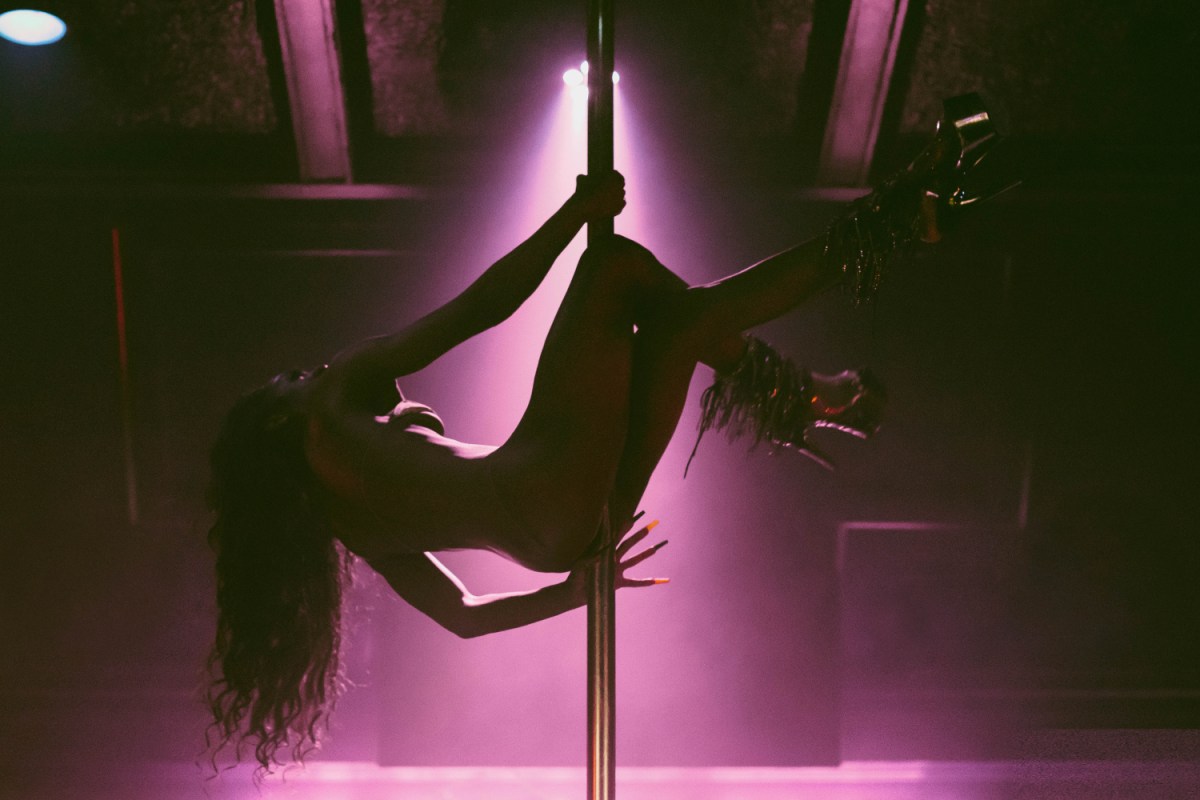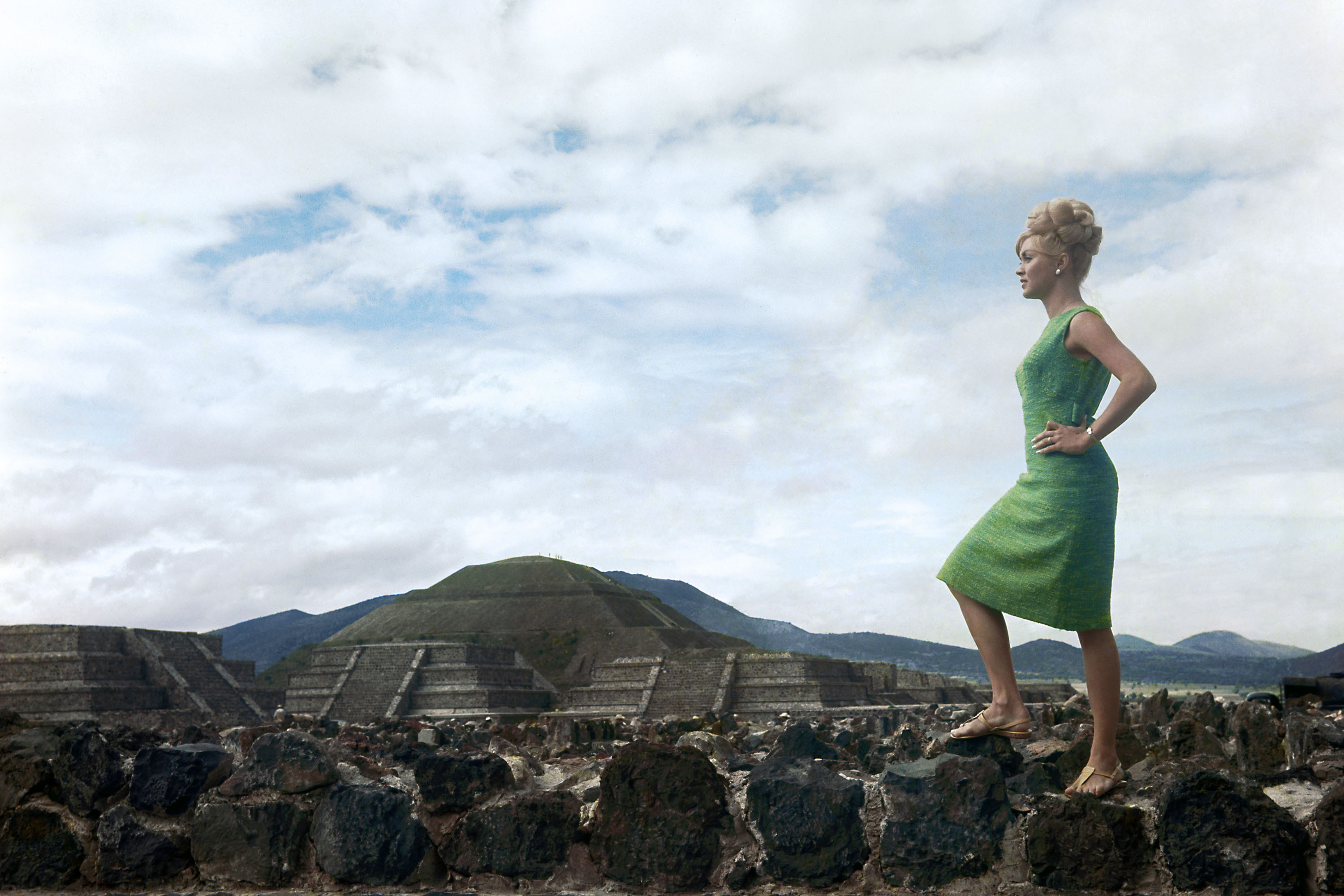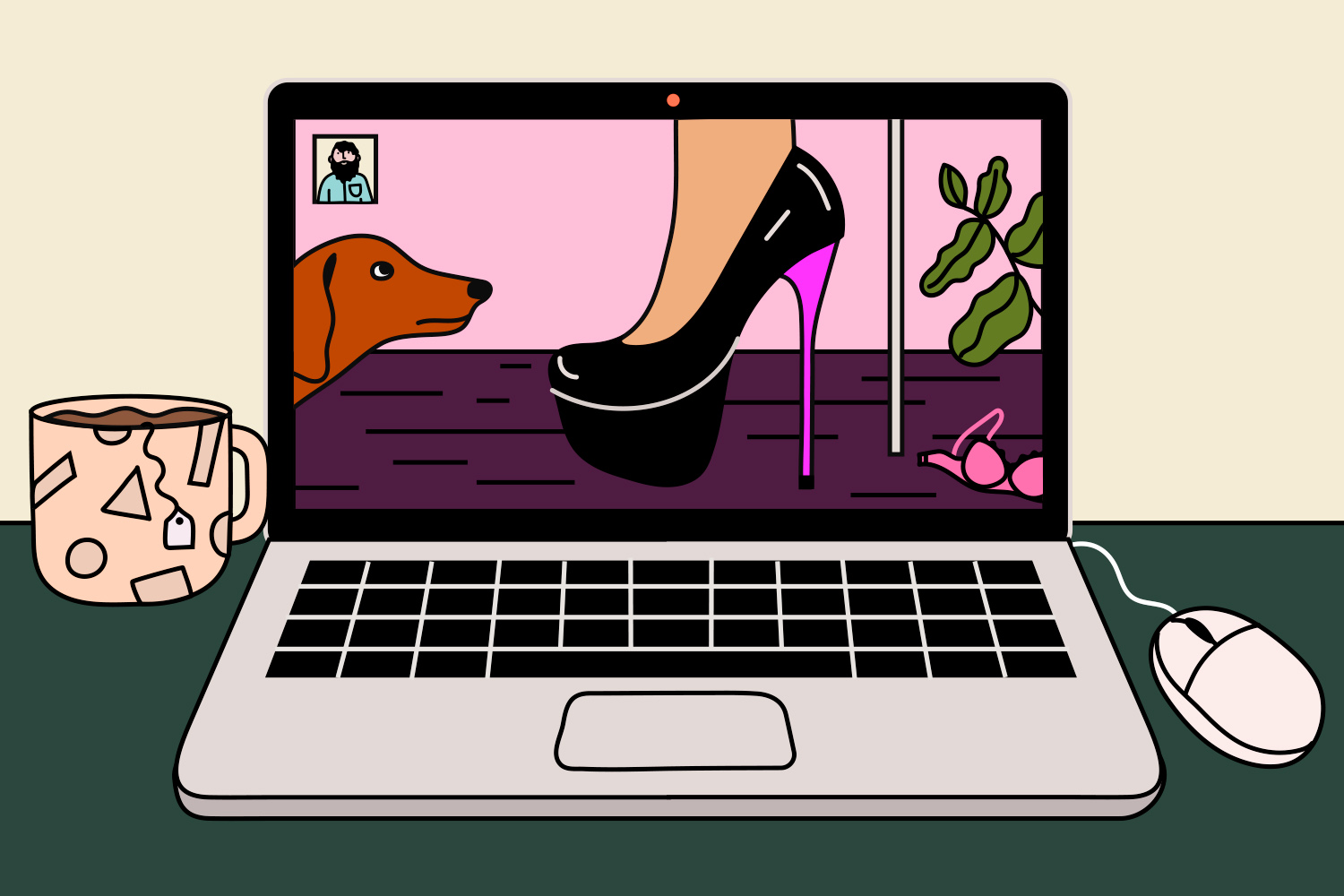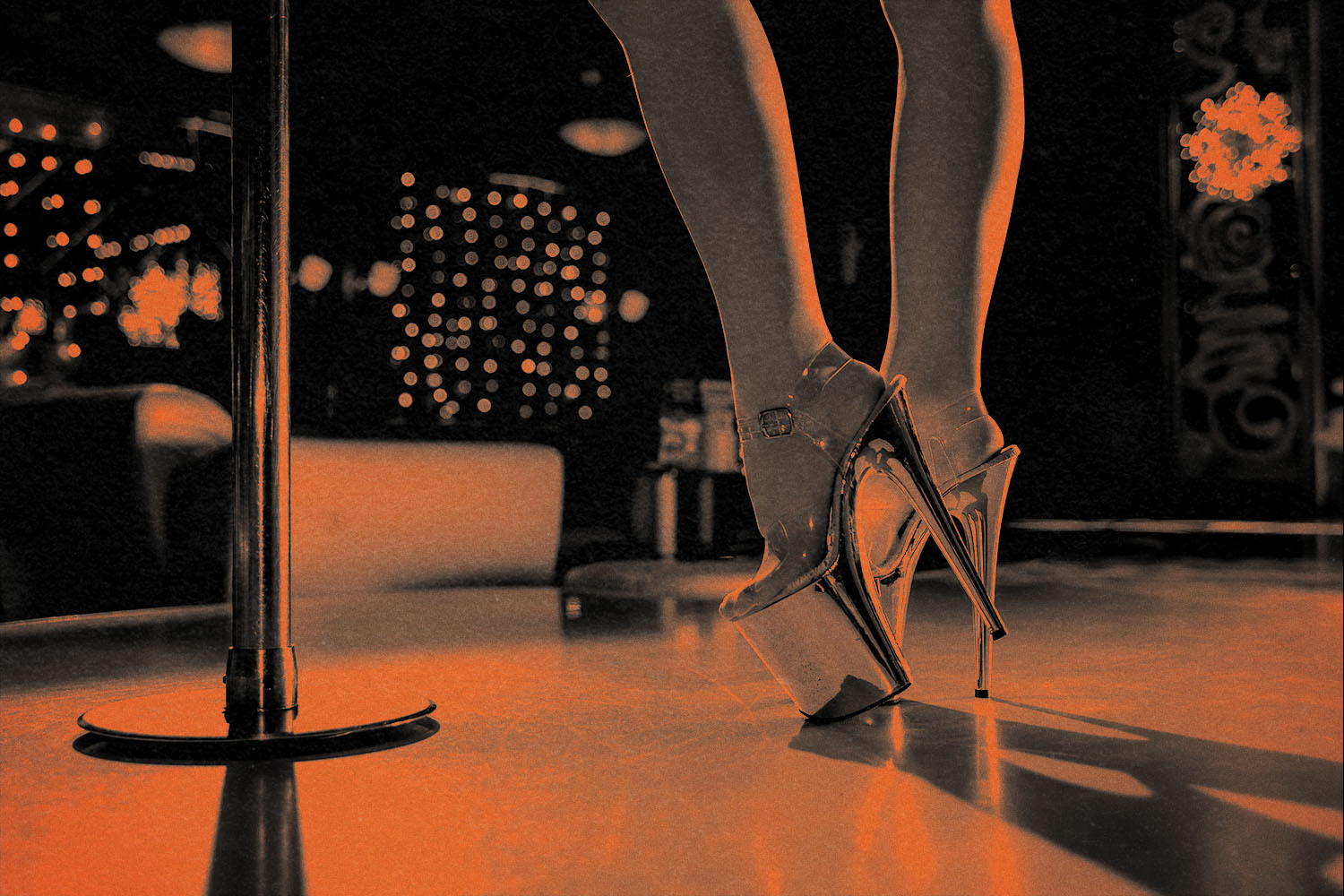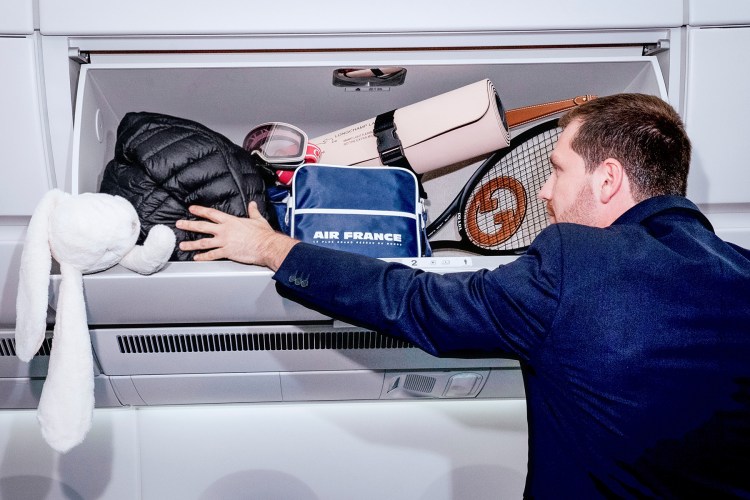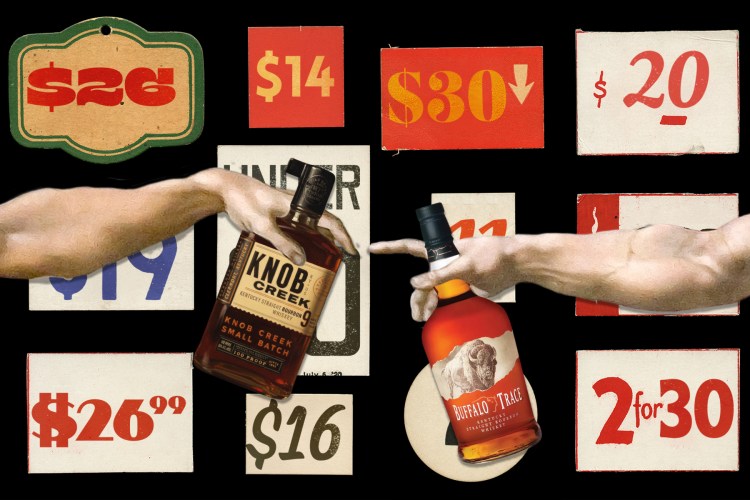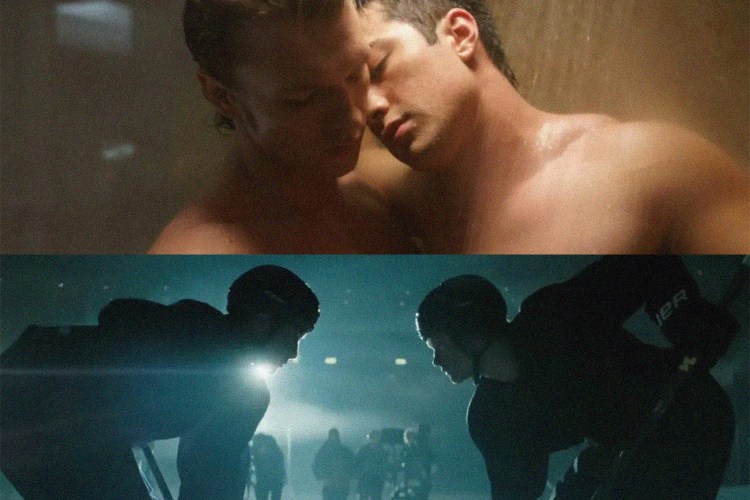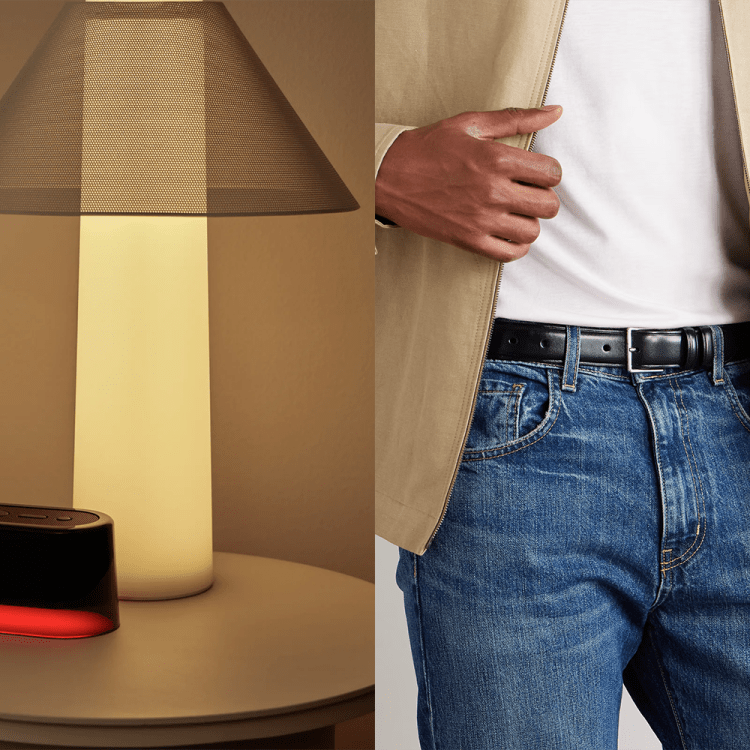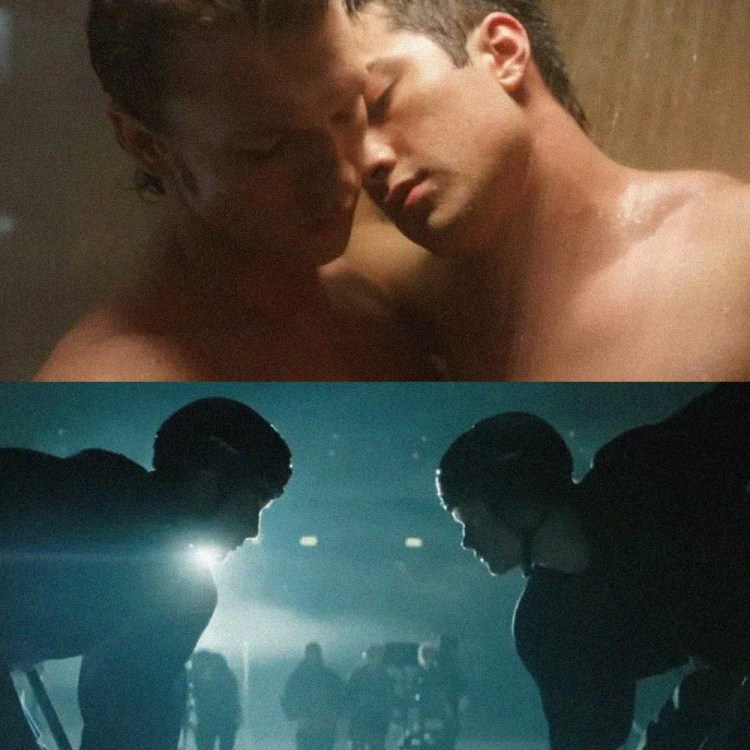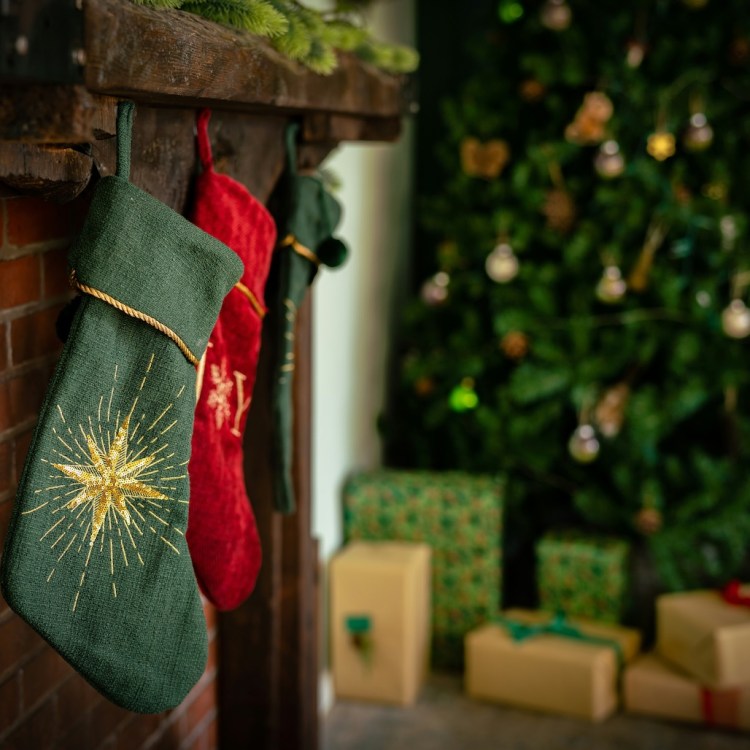Adrienne Raquel didn’t expect to end up at a strip club on her aunt’s 50th birthday, but there she was. It was 2018 and she had been freelancing for about a year, having left a full-time job to strike out in photography on her own. She had already built up an impressive client list that included the likes of CB2, Nars and Kiehl’s, but it was time to branch out. The night of her aunt’s birthday, the party of mature ladies wound up at Onyx in Houston. Some of the women had never been to a strip club before, and their green perspective allowed Raquel herself to observe the performers, strong and captivating onstage, as if through new eyes.
“I really started to pay attention to the dancers, not only how they moved around the club, but their overall confidence, their sex appeal, the allure that they had,” she tells InsideHook. Raquel and her party were there until the club closed in the wee hours of the morning. “The next day I told my family, ‘I want to go back there whenever I make it and I want to document this club.’”
Three years later, it’s fair to say Adrienne Raquel has made it. Her work has covered glossies like Vanity Fair, Elle and V in the last three months alone. At the end of 2020 — which, despite the pandemic, Raquel gratefully cites as her busiest year yet — Fotografiska offered her the opportunity to produce work for what would become her first museum exhibition at their New York space, and Onyx immediately came to mind. She returned to the club in November 2020, and over the course of two weeks, from about 8 p.m. to 4 a.m. every night, she captured images of the dancers that will line the walls of her exhibition space at Fotografiska until August 29. For those not able to see the 30 images in the Onyx series at Fotografiska, Raquel hopes to release a limited-edition coffee table book of those and previously unseen images before the exhibition’s closure.
In the series, Raquel offers glimpses inside a strip club that are at once human and intimate. A swing from a pole, a stack of green paper clutched by vibrant red fingernails, a platform heel kissing a stage: images that once were familiar are rendered sacred in Raquel’s careful compositions. Her dancers are figures of glory and grace, lashes long and lips glossed, their bodies bathed in neon lights that peek through the darkness. Respect and consideration are fundamental to the series, which the artist mentions was visually inspired by the 1990s/2000s hip-hop music videos of Hype Williams, the cinematography in films like Belly and Ice Cube’s The Players Club, and video vixens of the era like Melyssa Ford.

In order to capture those performers and their craft, however, Raquel first had to earn their trust, which she did over many nights at the club. On the first, the DJ — ever the hype man — introduced her to the dancers: “Do you know who this is sitting next to me? You need to let her take your picture!” But her interactions with the women of the club developed naturally as well.
“Once I started talking to a lot of them, they were so excited by the idea that I was even doing the project and the fact that I was a Black woman doing it. ‘A museum, what?! Of course we want to be part of it!’”
Raquel sought to oppose sex-work stereotypes in the series. “We’re indoctrinated to think this industry is no good. People ostracize [sex workers], minimize what they do and pass tons of judgment on them,” says Raquel. “I just really wanted to give these women a presence … highlight their beauty and authentically capture them in a way that doesn’t revolve strictly around the fact that they’re sex workers.”
The night of the opening at Fotografiska, some of the dancers are in attendance, having flown up from Houston, and they are delighted by the images. They take pictures and pose next to their portraits on the walls and their accompanying quotes. There are joyful exclamations of “That’s me!” and smiles crossing their lips with pride.

Raquel has made the esteem of feminine beauty — in all its forms, and of Black women in particular — a foundation of her work, and the Onyx series is no different. “Photographing women, specifically women of color, is just inherently important to me,” she says. “Growing up I rarely saw images in ads and content that actually revolved around Black beauty without it being super stereotypical.” Today, Raquel uses her craft to create that representation in her own work.
Raquel’s strength as a photographer and commitment to her goals has been recognized across the industry in her studio portraiture, and now expands with this series. Used to working in controlled environments, she wanted to challenge herself to work in spaces beyond her usual sphere, traversing music, smoke and crowds she normally wouldn’t encounter — unless of course she had set them up herself.
“I wanted to put myself in a position to create something that no one’s ever seen before,” she says.
Though she sees the Onyx series as an extension of her dedication to uplifting women in her signature style — “vibrant, dreamy, a little fantastic, fantasy-based,” as she describes it — the series was a turning point for her, and she’s excited to continue embracing candid moments in her work moving forward. “Last year was really a testament to me flexing my creative muscle and getting out of my comfort zone,” she says. In the future, she adds, “I’ll feel more comfortable shooting projects like this. I’m already trying to think of what will come next.”
This article was featured in the InsideHook NY newsletter. Sign up now for more from all five boroughs.
